Maximilian I. Creator of the Maximilian Armor
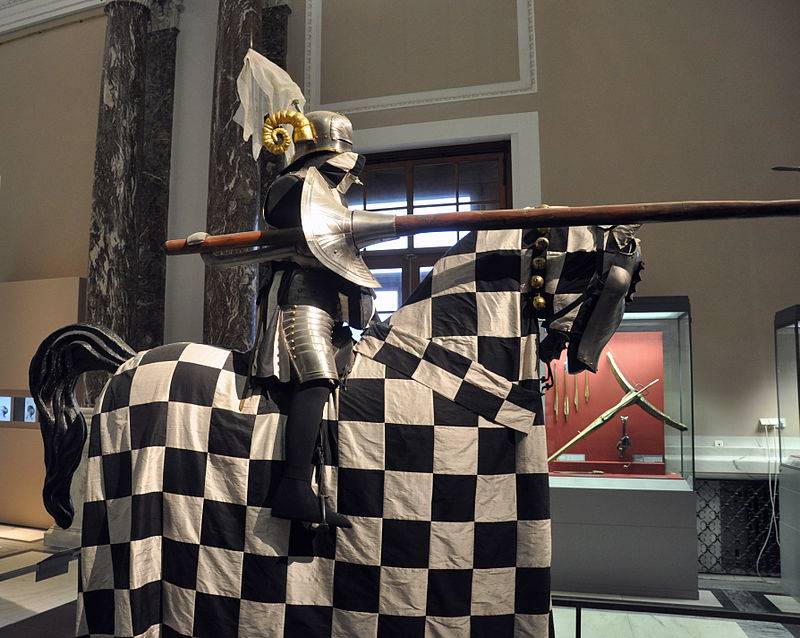
People and weapons. Interestingly, the Maximilian from the very beginning he proved himself energetic and enterprising, unlike his father, the indecisive Frederick III. Frederick III himself understood this, who, upon reaching 70 years of age, handed over the reins to his son, and he actually retired. In 1486, he gathered six electors (there was not only the king of the Czech Republic), and they chose Maximilian as king of Germany, after which he was crowned in Aachen.
At the head of the Holy Roman Empire
Having become king, Maximilian began to pursue an active foreign policy, that is, simply put, to fight! He fought with the king of France and the king of England Henry VII (an ally of the French king), with Matthias Corwin, the king of Hungary and the original enemy of the Habsburgs. So he sniffed the gunpowder and personally participated in the fights!
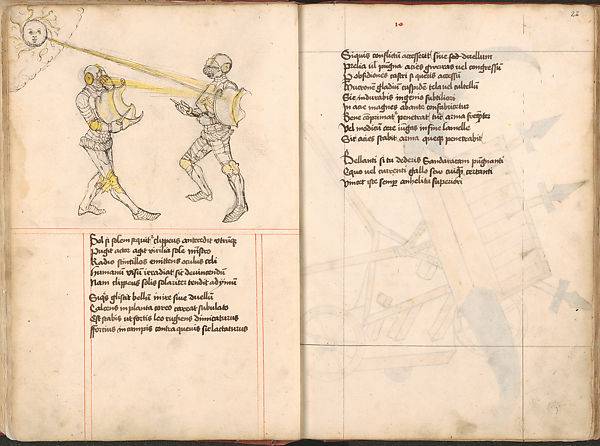
Frederick III died 19 on August 1493, after which the power in the empire automatically passed to Maximilian. Moreover, his situation was really very difficult. Not only was his state threatened by external enemies, but it was also a state as such with only a stretch. One cannot really consider the state several hundred state formations of the most varied level of independence, with varying degrees of economic development, different financial as well as military potential, and this despite the fact that the mechanism of influence by the emperor on their rulers was outdated and very ineffective. The large principalities were, in fact, independent of anyone and allowed themselves to pursue an independent foreign policy, often going against the interests of the empire. At the same time, they also tried to subjugate the imperial cities, the revenues from which formed the basis of the budget of the empire, and the citizens served as landsknechts. Moreover, Frederick III, although he admired his son, did not want any reforms that Maximilian wanted to carry out. But now his hands were untied, and he immediately took advantage of it. True, Maximilian did not have enough money.
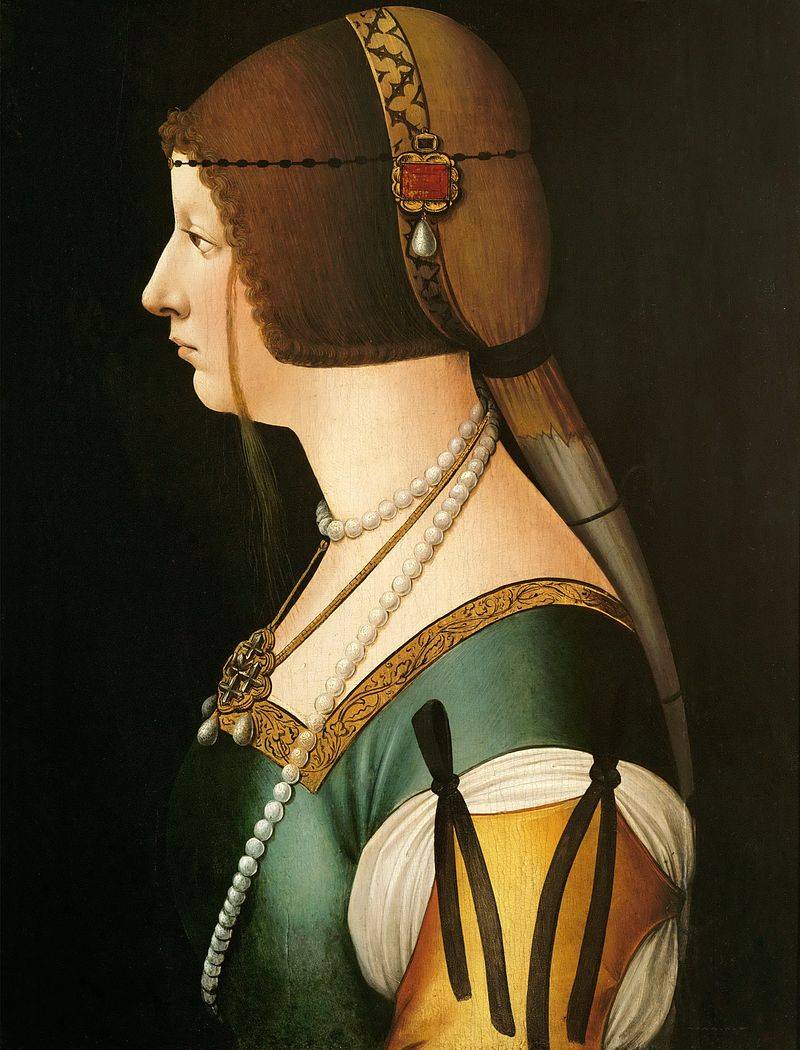
But he found a way out of this situation, in the year 1494, having married Bianca Maria Sforza (1472-1510) - the daughter of the Duke of Milan Galeazzo Sforza. A man of advanced views, he was the captain of the "gang" of mercenaries, and therefore had a notoriety. But then he gave the daughter a dowry in the amount of 400 000 of gold ducats, and this solved all the problems of the young emperor.
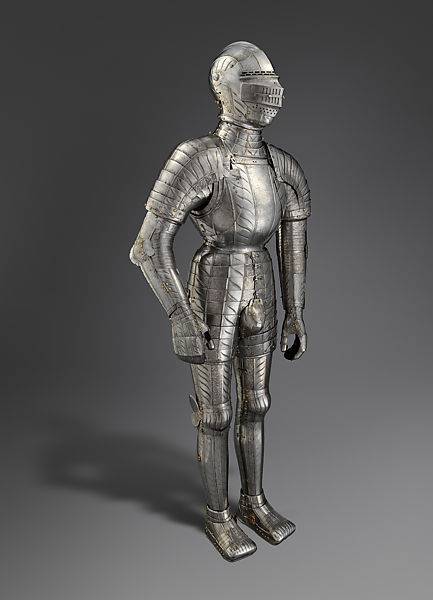
In 1495, he convened the Reichstag of the Holy Roman Empire in Worms, at which a draft reform of the entire government of the empire was presented. And ... the Reichstag supported the project! Thus began the famous "Imperial Reform" of the Holy Roman Empire. First of all, all of Germany was divided into six imperial districts (four more were added in 1512). The main authority in the districts was the district assembly, in which both secular and spiritual feudal lords, imperial knights, and free cities participated. The issues of defense and tax collection were given to their competence. The Supreme Imperial Court was created - which became a very important tool in the hands of the emperor.
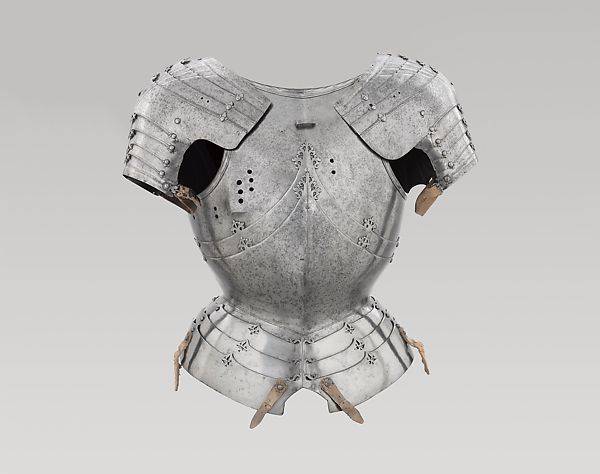
True, the emperor did not succeed in creating single executive bodies and a single army: the imperial princes opposed this and they refused to give money to Maximilian to wage a war in Italy. It is interesting that, while advocating the strengthening of the imperial institutions, Maximilian I, being the Archduke of Austria, in every possible way impeded its integration into the Empire. So, he did not allow the collection of imperial taxes in Austria; the Austrian duchies subordinate to him did not participate in the work of the imperial Reichstag. That is, by the will of Maximilian, his native Austria was actually placed outside the empire, and was a state in the state. That is, Austria and its interests were in the first place for Maximilian, but the whole empire was only in the second.
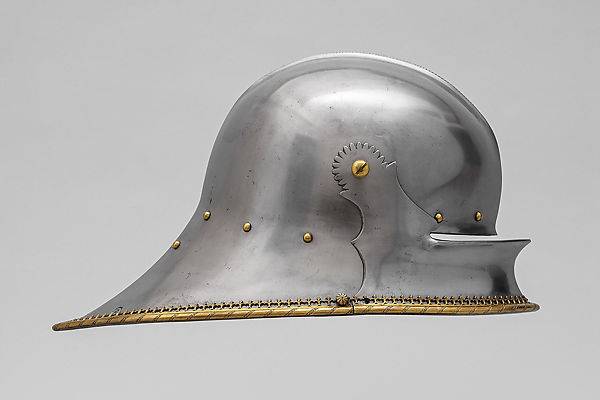
Nevertheless, he did a lot to raise the status of the Holy Roman Empire itself. So, he refused the coronation of the emperor by the pope. On February 4 of 1508, he was proclaimed emperor without participating in the pope’s ceremony. Well, and his subsequent heirs have ensured that the very election of the German king by the electors of the empire automatically makes him also emperor.
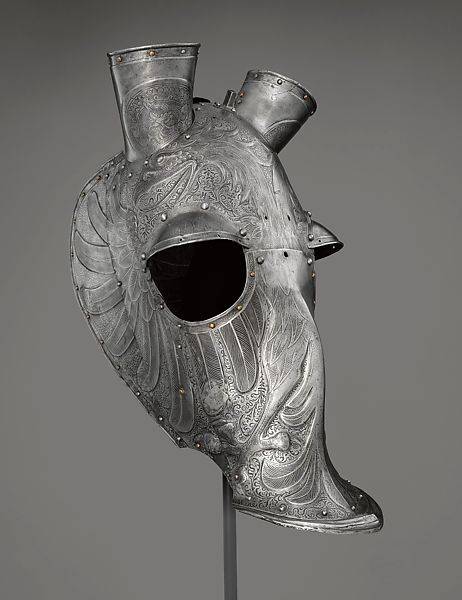
Italian wars
By marrying Bianca, Maximilian received the right to claim the Duchy of Milan, and in March 1495, his Empire became part of the anti-French Holy League, which included Spain, the Venetian Republic, the Duchy of Milan and the Papal States. Thus began a series of long Italian wars, at the same time with which Maximilian fought also with the Swiss Union, and the war with the Swiss ended unsuccessfully for him. But the war in Italy led to ... a new political alliance: the king of France Louis XII agreed on the marriage of the grandson of Maximilian Charles with his daughter Claude, promising as a dowry two duchies: Burgundy and Milan. As a result, 1505 year (well, how can you not please a relative ?!) Maximilian, in turn, granted Louis XII investment in the Duchy of Milan.
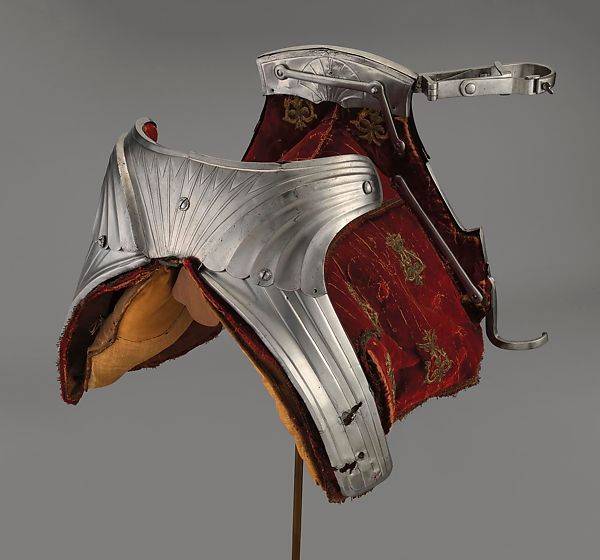
Maximilian was constantly short of money for such an active foreign policy. And that is why he became the creator of the army of a new model: Landsknecht, which replaced the old knight militia, and then became the main military force of all then European states. It was he who laid the foundation for the famous trade in German soldiers, which he sold whole regiments to foreign states or, let’s say, leased for a certain period. Be that as it may, his wars of the early 16th century proved unsuccessful and led to the loss of influence in northern Italy, where, on the contrary, France now began to dominate.
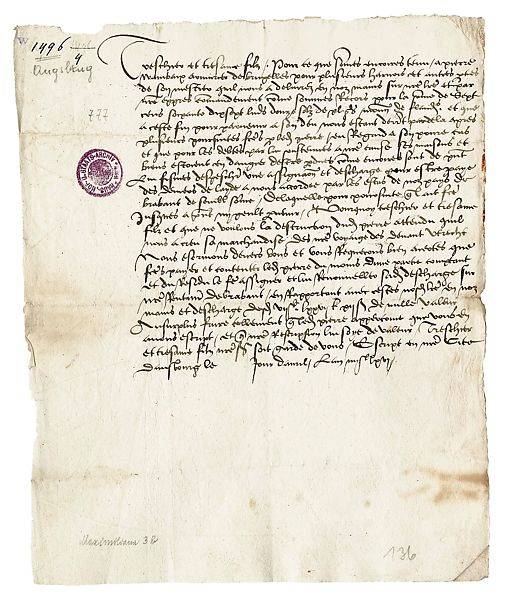
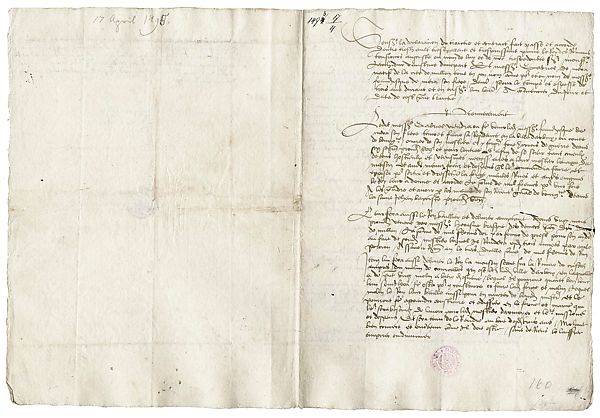
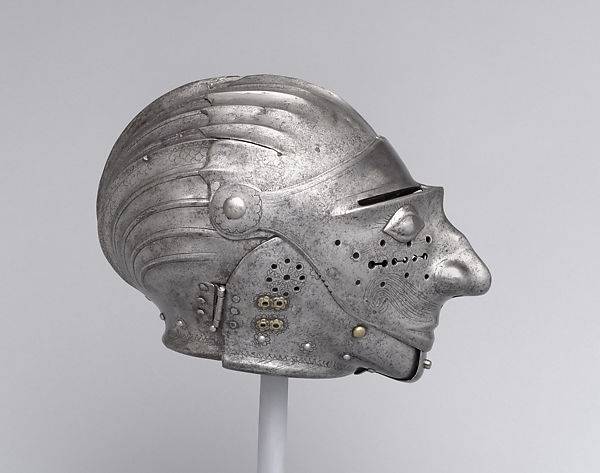
Humanist Support
Despite the fact that Maximilian I fought almost continuously, and when he did not fight, he participated in tournaments, traveled around gunsmiths and bickered with the Reichstag, he found time to read, managed to get acquainted with the latest spiritual culture and supported art, science and ... new philosophical ideas, in particular, he sympathized with Erasmus of Rotterdam, and at his court such humanists as Joachim Vadian, Stiborius, Georg Tannstetter, as well as the Austrian humanist Johann Kuspinian, who even got the position of professor Vienna from iversiteta. And in the end, such freedom of thought resulted in the 1517 year in a speech by Martin Luther in Wittenberg, from which the Reformation began in Europe. If Maximilian pursued new ideas and expelled their carriers, it would hardly have been possible at all.
last years of life
Towards the end of his life, Maximilian, one might say, was lucky again. After the death in January 1516 of the Aragonese king Ferdinand II, his eldest grandson Carl was to become (and became!) The king of the united Spanish kingdom. It only remained to give him the imperial crown, and then Germany and Spain would become one single state, whose power would be undeniable. Therefore, Maximilian hastened to make peace with King Francis I of France in order to wage war against Venice, in the person of which at that time he saw the main threat to his power in Europe. Moreover, apparently wanting to accomplish something charitable and significant at the end of his life, he began to prepare a crusade against Turkey. Moreover, he decided to invite the Grand Duke of Moscow Vasily III to the allies, for which he sent his close friend Sigismund von Herberstein to him as an ambassador. Pope Leo X appealed to support the emperor’s undertaking, but no one was willing to participate in this campaign.
Died Maximilian 12 January 1519 year in the city of Wels. Moreover, if his body was buried under the steps of the altar of the chapel of St. George in Neustadt, then his heart was buried at his request next to his first wife, Maria of Burgundy in the city of Bruges. So romantic was his demise.
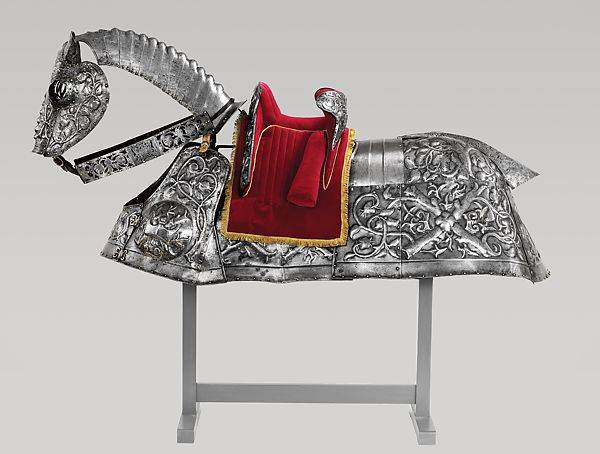
The character, virtues and contribution to weapons
Emperor Maximilian was a physically strong and developed person, who paid much attention to physical exercises and hunting. And about his physical strength, there were legends at all. He was also a recognized authority in the field of various tournament rules, and also a true master of tournament fights. Under his personal guidance, the book Freudal (1512-1515) was written, in which 255 prints were made depicting various types of fights, including those that took place with his personal participation.
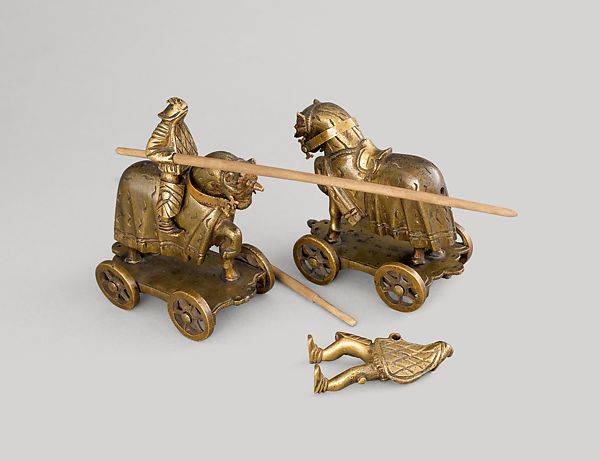
He considered himself, maybe a little arrogantly, an expert on weapons, personally visited the workshops of gunsmiths and gave them instructions on what and how to do. A lot of documents have been preserved, in particular agreements, with descriptions of orders of certain armor made by the hand of the emperor and quite technically literate.
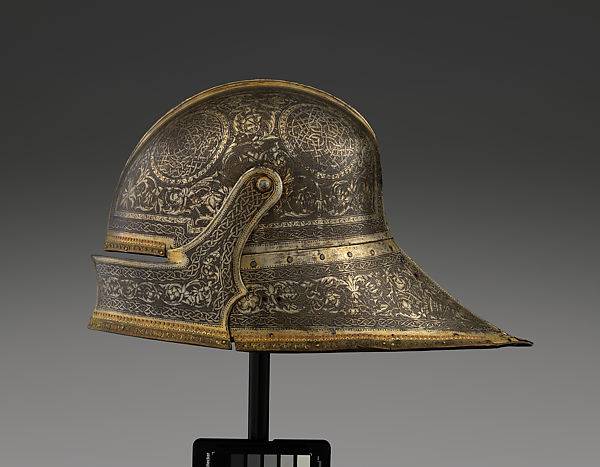
He loved knightly armor. Moreover, he used his love also for political purposes. For example, he gave them to the sovereigns of different countries, for example, the English king Henry VIII, who could send Maximilian horses and tapestries, but he could not send armor equal in quality and value. That is, Maximilian considered the armor made by his order a visual demonstration of his power, and sent them to the sovereigns in Spain, Scotland, Italy, Hungary and Bohemia. He also gifted lesser people with them, so even his gatekeepers wore expensive armor. But at that time it was simply impossible to buy such armor, and it turned out that he alone had the monopoly on ordering from the best gunsmiths of his time. Other monarchs would have wanted the same thing, but all the masters had been working for Maximilian for years to come, and in addition he paid them very well. Not only that, Maximilian exempted his gunsmiths from paying taxes, gave them the right to use the workshop for free, provided them with an interest-free loan for the purchase of materials, but ... provided that the agreed number of armors was made per year, no less and no more, and could fulfill orders only from him, Maximilian. That is, he also turned armor production ... into an instrument of big politics! Well, and finally, he came up with his famous "corrugated armor", which did not take root solely because of their too high cost.
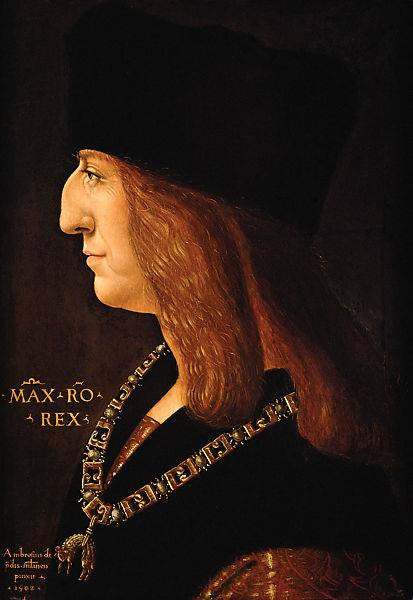
Readers of VO often ask questions about the cost of armor of that time, and many are still interested in their weight. So, tournament armor weighed about 30 kg, and knightly armor for battle - about 20-25 kg. The cost of the armor at that time was approximately equal to the annual income of the sovereign seigneur. And this is approximately the amount that today needs to be paid for a good house in the center of some major European city: London, Paris, Vienna. The armor for the royal and imperial children cost so much that with this money you could buy several stone houses in the central squares in large European cities.
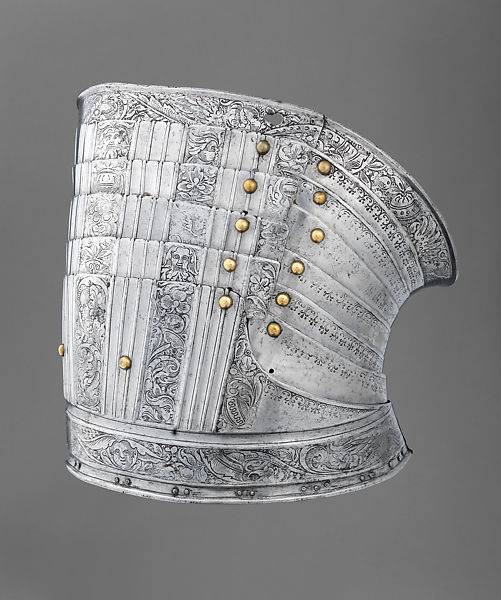
The last question is the most interesting, as they took measurements from kings and emperors for making armor. The answer is no way! Because along with the order they sent the master the clothes of the one for whom the armor was ordered. The fact is that at that time such parts of the costume as the highlands and purpuen were almost tight-fitting clothes, so that the gunsmith could make all measurements on her. At first, the armor was made in draft, without decorations. Then they were taken to the fitting room, and only completely fitting them to the shape of the reserve, were given to engravers and goldsmiths. Moreover, the entire course of work on the manufacture of knightly vestments was scrupulously recorded in the contract. So, for sending the armor to the fitting, the master was compensated even by the oats eaten by his horses and the cost of staying in the inns. Based on these documents, one can judge how many times the customer tried on the armor, as well as all the smallest expenses for their manufacture, which were often paid years after (!) After the customer received them!
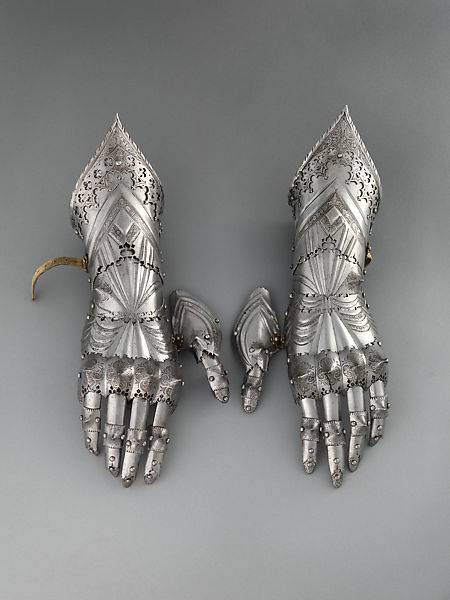
PS The VO administration and the author are grateful to Meryl Cates, senior publicist of the External Relations Department of the New York Metropolitan Museum of Art for providing the press materials and photographs.
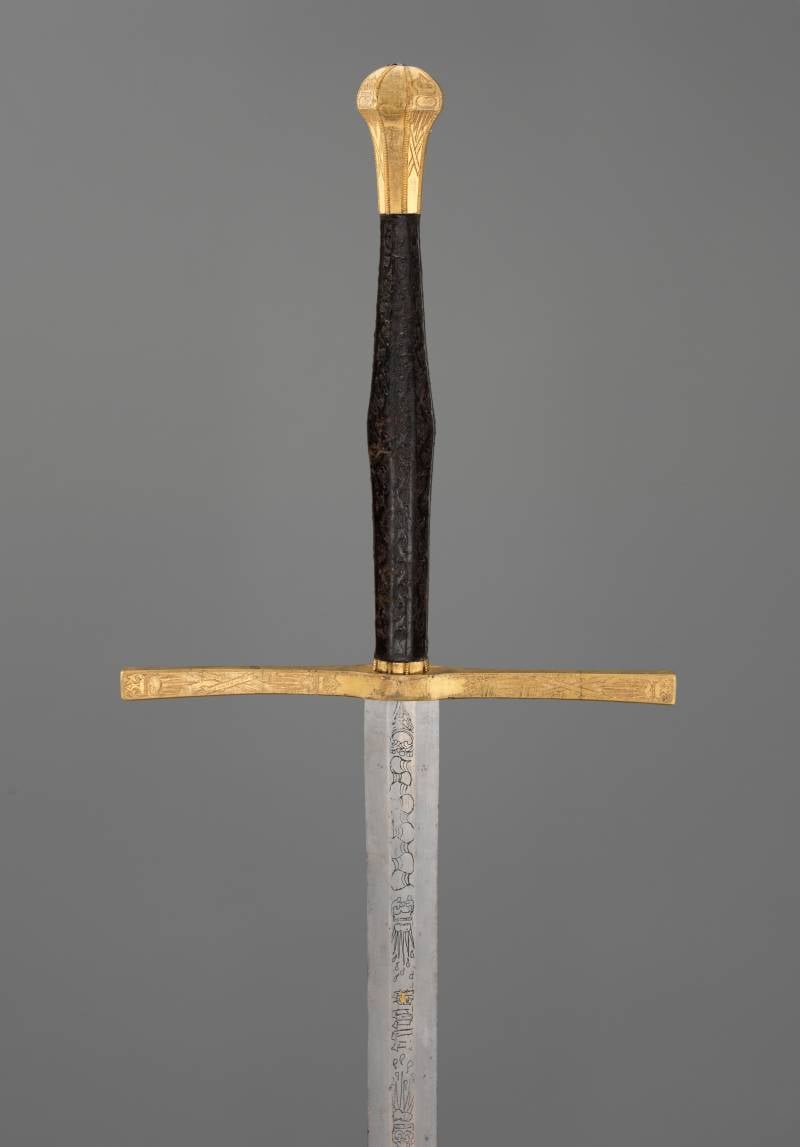
Information